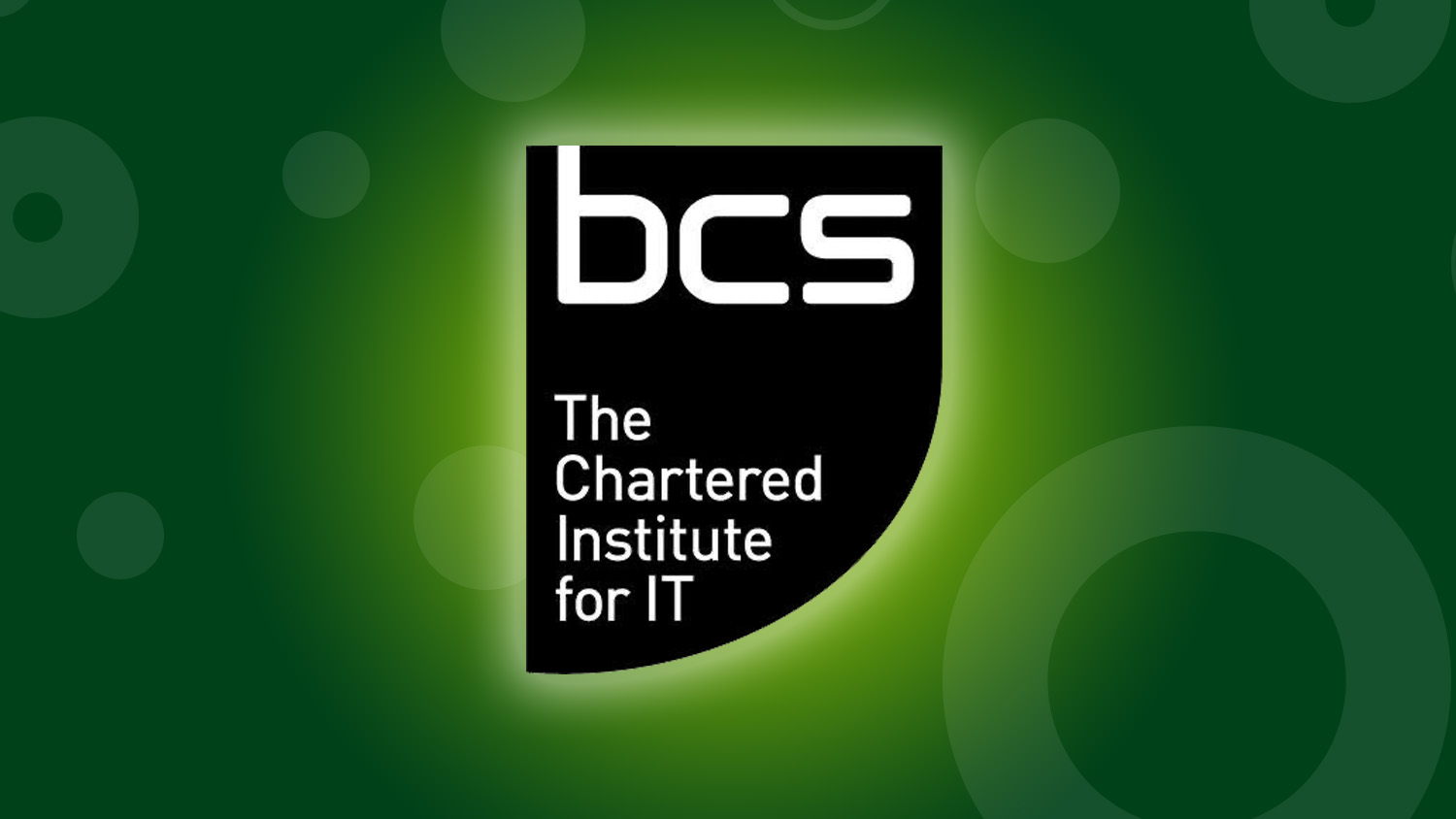CATWOE Analysis
CATWOE's Different Names
The CATWOE analysis technique is also known as VOCATE (viewpoint. owner, customer, actor, transformation, and environment), PARADE (perspective – or point of view, activity, recipient. actor, decisionmaker and environment) and Root definition (in the Soft Systems methodology).
Why Stakeholder Analysis?
One of the key reasons for managing relationships with stakeholders is to ensure that we understand their ideas, priorities and wishes before we put forward recommendations, or, even worse, implement business changes. Understanding what the key players want is vital if the work is to go in the right direction.
One of the most important features of stakeholder analysis involves uncovering the direction each stakeholder believes the organization should take.
Most of the stakeholders for a project will have ideas about the direction it should take. the requirements to be addressed. the options for improvement and the solutions that should be adopted. However, these ideas originate from their personal concerns, beliefs, values and priorities, and they often form the basis for strongly held opinions from which deviation is difficult if not impossible. A failure to understand these views can result in serious problems later in the project as the differences of opinion develop into conflicts. This may be seen in the different priorities placed upon business requirements. or even the emergence of contradictory requirements.
CATWOE Analysis Technique
The CATWOE technique was developed by Professor Peter Checkland and his team at Lancaster University (Checkland 1981) and is an excellent way to understand what stakeholders value and how they influence the direction of the project. The abbreviation represents the following elements:
Customers | The beneficiary or recipient of the outputs of the business system |
Actors | The roles that perform the transformation (the main business processes) |
Transformation | The core process that delivers the services to the customer |
Worldview (Weltanschauung) | The underlying set of values, beliefs and priorities that explain the existence of the transformation |
Owners | The individual or group with the authority to change significantly, or even close down the business system |
Environment | The rules and constraints that have to be taken as a given (cannot be changed) within the environment surrounding the business system |
Using CATWOE analysis
The key to the CATWOE technique is the W, which Checkland calls Weltanschauung, or worldview. Understanding the world view of stakeholders is a fundamental step towards understanding perceived needs, priorities and values, and revealing them helps to uncover hidden agendas. If this does not happen and the worldview is not discovered, there is room for anger, misunderstandings and even conflicts.
Once the worldview is defined, the analysis must move towards the transformation. It describes the main activity carried out in accordance with the worldview. A common example is the worldview of the people who sell. It focuses on selling and earning commissions. When the sales team thinks about what the trading system should consider; They focus on sales to ensure that as many commissions as possible are paid. If this is a worldview, it logically follows that the transformation is about getting a customer and making a sale. In an extreme case, some sellers believe that making a sale is the sole purpose of the company’s system and that delivery of the purchased goods is not on their radar. Thus, a transformation is a “sale”, which does not indicate what is being sold or how products or services reach the customer.
The next natural progression is to identify the customer targeted by the transformation. This can be a critical part of using the technique, since it can uncover exactly where the focus of the stakeholder lies. In a situation such as our sales scenario the customer could be the salesperson, and the beneficiary from the transformation could be seen to be the salesperson with the commission.
The next aspect to consider is the actor profile. The actors are the roles that perform the transformation, and analysts often complete this with little insight. simply offering ‘management and staff’ as actors. This valuable aspect of the technique is therefore completely dismissed, and may as well be left uncompleted. The more insightful analyst, however, understands that the definition of the roles begins to highlight the skills required – something that is very useful during later analysis.
The owner of the business system under consideration is the next entry. The owner is the person or group of people who can instigate change, define policy or impose closure of the system. In some systems this entry can be vital, for example where conflicts have arisen because a lack of direction from the owner has allowed different world views to emerge and take hold.
Finally the environment is defined. The environment surrounds the business system defined in the transformation, and imposes rules and constraints. One way of analysing it is to use the PESTLE technique, which provides a framework for exploring different aspects of it. Something to remember is that a business system targets external customers, and these customers must be willing to take part in the system for it to be able to operate. This willingness to take part can be seen as a constraint in the environment.
CATWOE Analysis Example
As an example, a CATWOE could be developed to analyse the perspective of the operations director of a high-street clothes store. As discussed earlier, we would begin by considering the director’s world view on the business. In this instance, the director feels the business will succeed if the focus is on designing and selling inexpensive fashionable clothing, because this is what is desired by the target market – young consumers who are interested in fashion. This director does not include the manufacture of the clothes in the world view. The transformation will be the core process required to fulfil this view, in this case to sell inexpensive, fashionable clothes. The customer is the young, fashion-conscious consumer. and the actors will be clothes designers, fashion buyers, sales staff and store managers. The owner could be the director, but for a high-street store is more likely to be the board of the company. The environment will include factors such as the economic situation, market desire for inexpensive fashion and consumer concerns over fair trade issues. This worked example has developed the CATWOE by beginning with the core elements, the world view and then progressively defining the others. The example is documented using the CATWOE structure as follows:
C | Young customers who require fashionable clothes at affordable prices |
A | Clothes designers, fashion buyers, sales staff, store managers |
T | Selling inexpensive, fashionable clothes |
W | The opinion that there is a desire from young consumers for inexpensive, fashionable clothes, and the company will be successful if we satisfy that demand |
O | The board of the company |
E | The economic situation, market desire for inexpensive fashion, and consumer concern over fair trade issues. |
Conclusion
The CATWOE technique can be used at various stages and for many purposes during a project. As a means of understanding a stakeholder’s view of a business system, in order to develop a conceptual model that may be used to analyze the gap between current and desired systems. Or as a means of analyzing the source of potential or actual conflict between stakeholders. Finally, CATWOE can also be used as a means of considering different priorities assigned by stakeholders to options, business needs or requirements.
Practice the BCS Foundation Certificate in Business Analysis
Over here you can practice for the BCS exam. A free practice exam is available, and for less then $10,- you buy two full practice exams with 80 questions.







